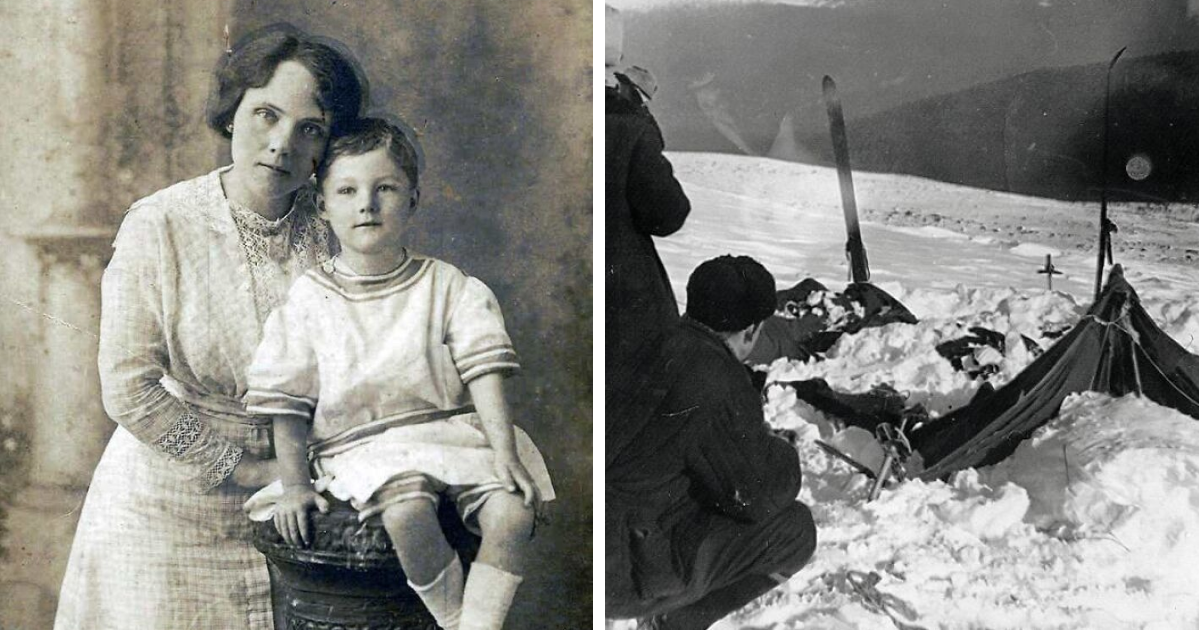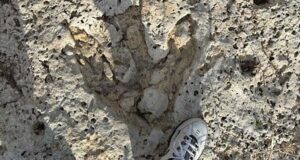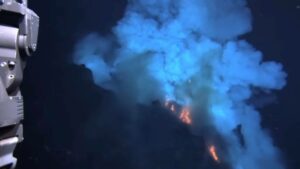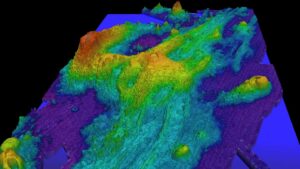ADVERTISEMENT
#22
The ‘Mysterious Fog’ Of 536 Ce
For an 18-month period beginning in the year 536, a persistent, dusty fog shrouded much of the Northern Hemisphere, dimming the sun to the brightness of the moon. Contemporary chroniclers from Ireland to China documented this strange veil, which triggered a sharp and devastating drop in global temperatures, leading to summer snow, catastrophic crop failures, and widespread famine. While modern analysis of ice cores from Greenland and Antarctica strongly suggests a colossal volcanic eruption was the cause, the specific location of the volcano remains debated. For the people who endured it, the source of the sun-dimming haze was an inexplicable and terrifying event that marked the beginning of the coldest decade in the last 2,300 years.
67street. art/unsplash (not an actual photo) , Antti Arjava Report
ADVERTISEMENT
#23
The Lost Colony Of Roanoke
Upon his return to Roanoke Island in 1590, Governor John White discovered the entire settlement he had left three years prior had completely vanished. Instead of finding signs of a struggle, he saw the colonists’ housing had been carefully dismantled, and the more than 100 men, women, and children were gone. The only physical evidence left behind was the word “CROATOAN” etched into a defensive palisade, with the letters “CRO” carved into a nearby tree. This name referred to a neighboring island and a local Native American tribe, and was part of a pre-arranged code to signal a new location, but crucially, the agreed-upon distress signal of a Maltese cross was absent. A pending storm prevented White from investigating Croatoan Island, and the ultimate fate of the colonists was never definitively established.




















Post Comment